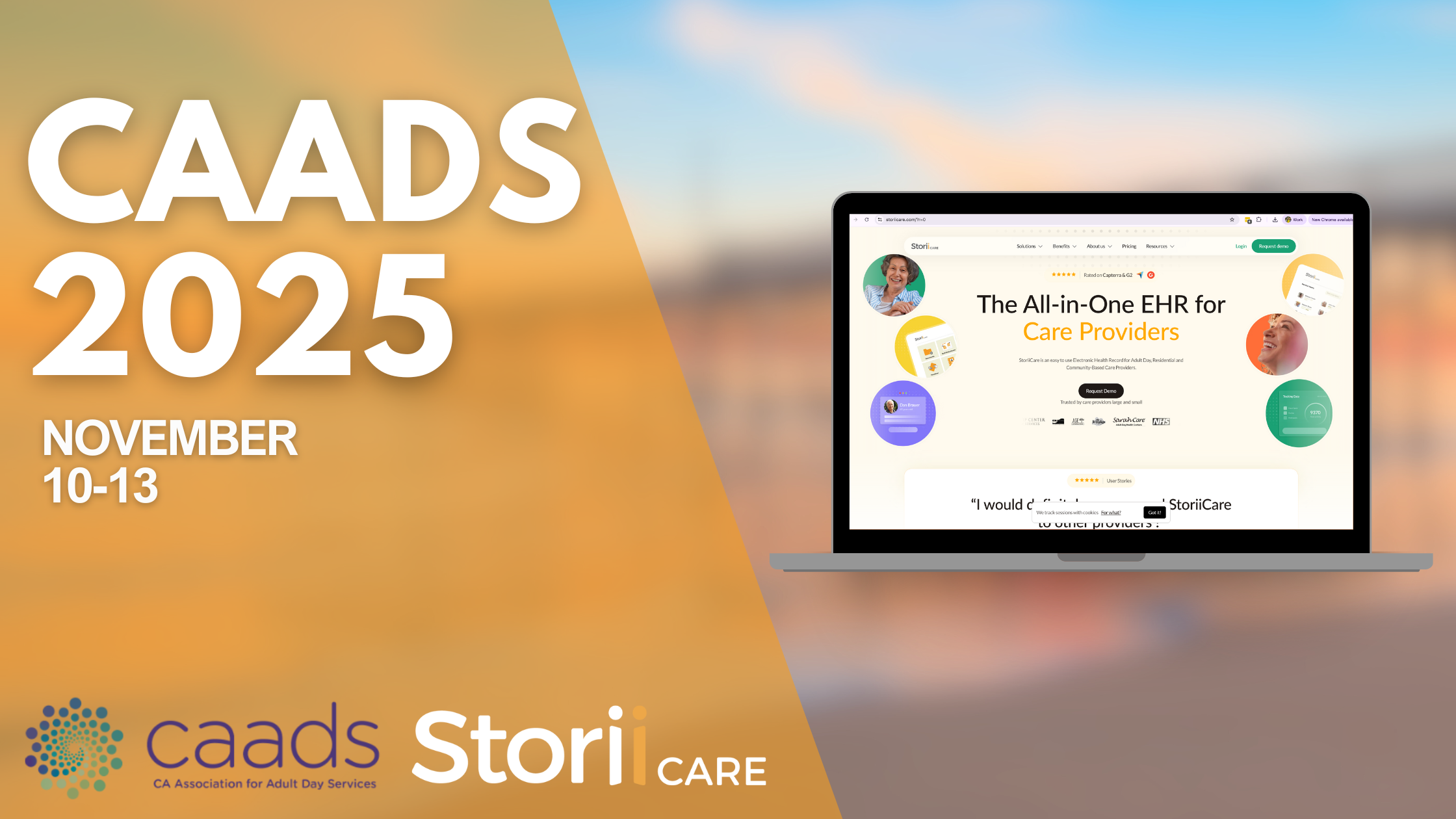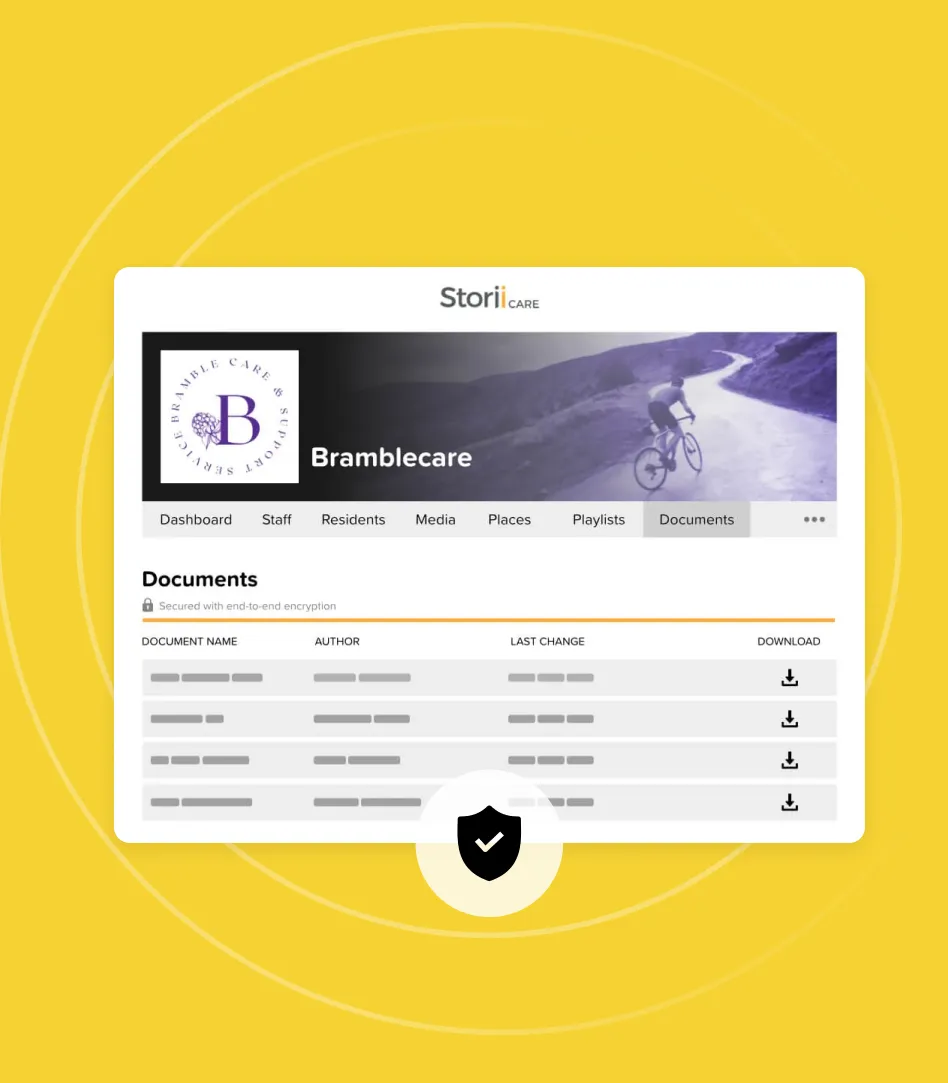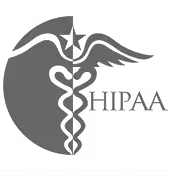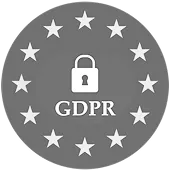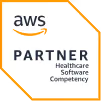How much time does electronic care planning really save?
Those in the care management software world get asked this question a lot. We are seeing the adoption of assistive technologies sky-rocket for the care sector. The COVID-19 pandemic has only increased the rate at which care providers are feeling the pressure to "go digital". Caring for people is one of the busiest occupations there is. Consequently, before making an investment in a new system, providers want assurance that it's going to be worth their time and save them time. We're just one provider, but currently our StoriiCare clients record upwards of 1,000 actions on the platform each day and report that each staff member saves an average of 6 hours on paperwork per week.
How Electronic Care Planning Erases Hours of Paperwork
Mobile care management
Digital care planning systems save nursing staff, activity coordinators and operations management hours on paperwork. Care environments are incredible busy places. Staff working in these environments know all-too-well the loathsome feeling of having to fill out paperwork on lunch breaks and at the end of the day while scrambling to clock-out and get home. With hand-held devices like smartphones or tablets, staff can record care tasks as they happen and instantly access key information and updates on the go. Not only does this save staff from laborious end-of-day charting, but point of care data entry is more accurate, timely and compliant.
Information at your fingertips
If you are still keeping large, unwieldy files or binders for all your service users, you are doing your staff a disservice. Everyone knows the feeling of trawling through tons of patient information to locate a document only to realize you can't read your colleague's handwriting or an important piece of paper is missing. There are still care staff who stack up their 5, 10, 15...patient charts and handwrite all their care notes at the end of a shift. This eats up a significant amount of time. Impeccable record keeping is not only an essential nursing and care management skill, but it should be a key priority in view of auditing, compliant management and evidencing compliance. With electronic care planning, a dashboard of up-to-date information for every service user and service location is accessible with a tap or click. Reports can be run, incident and accident forms can be filled out, assessments can be performed and care plans can be updated within minutes. Not only does this save staff time, but it ensure that service users are receiving the best care possible.
Reduced margin for workplace error
Digital care management systems can't eliminate human error entirely, but the functionality inherently supports staff to avoid mistakes. Reminders can be set up to ensure staff remember to review an outcome, complete a care task, transfer a patient, etc. Since everything is recorded on a cloud-based system, it is updated live across the platform. This means if something about a patient's care plan has changed, everyone working with them will know, reducing the risk of oversights. With electronic care planning there is no concern about illegible handwriting, misplaced or damaged patient files, and forgotten tasks. This saves staff time by preventing them from having to complete the time-consuming protocols involved in cases where errors are made.
Mass communication made easy
Some electronic care planning systems offer a family portal or the ability to connect and update service users' loved ones. Rather than navigating an onslaught of long-winded phone calls with residents' family members, the system can automatically notify friends and relatives of activities their loved one participated in and community-wide announcements. Staff can also easily share photo and video updates with family. Furthermore, time is saved by being able to mass communicate with staff. Management can instantly inform staff of incoming patients, policy changes, meeting times, birthdays, etc.
A Note About Data Migration
One of the most common misconceptions is that transitioning from paper to digital records will take a long time. Providers often put-off making the switch to digital care coordination thinking it will be a huge undertaking to transfer all their information. There is no doubt that large, multi-site businesses will have a lot of data to organize and staff trainings to coordinate. However, most software providers will have means to import large amounts of data in a relatively short amount of time. Additionally, it's easy to argue that the time spent implementing a care management system on the front end will quickly pay-off with time saved once staff are carrying out their workflows digitally.
Ready to Future-Proof Your Care Provision?
Care tech companies are finding new ways to support healthcare providers to easily monitor and deliver person-centered care at every level of service. Using a standardized, electronic approach to care planning and record keeping has an array of time-saving benefits. If you are interested in seeing how your business could save time and begin transitioning from paper records to digital care planning, book a demo with StoriiCare.




.png)
.png)
